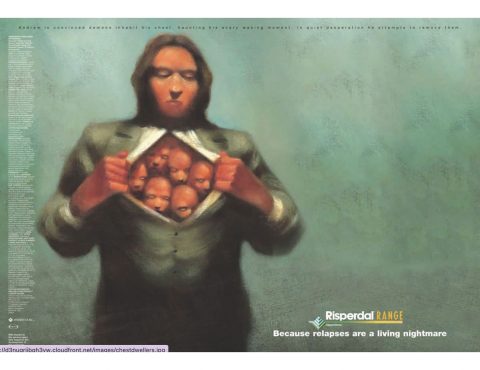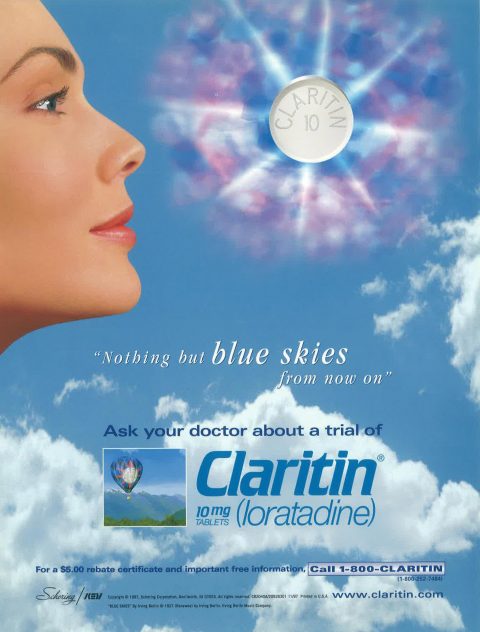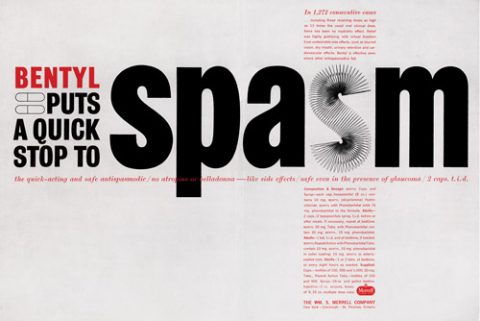
Vigamox
When it comes to creating an effective campaign, “simple” is often best.
This philosophy shaped the Vigamox “Pink Eraser” campaign launched in 2008. The market for conjunctivitis treatments was crowded, with lower-cost generics dominating. Vigamox needed to stand out to busy eyecare professionals.
Bacterial conjunctivitis, for which Vigamox is indicated, accounts for most cases in children. The campaign highlighted two differentiators: pink eye disrupts daily life and is highly contagious, increasing the desire for quick treatment. While competitors didn’t show significant pathogen eradication in 24 hours, Vigamox achieved 99% eradication in just one.
The creative team at TBWA\WorldHealth used a universally recognized icon—a pink eraser—to symbolize the product’s speed and simplicity. Paired with stick figure illustrations and headlines like “Get rid of the pink in a blink,” the campaign connected with providers and patients alike.
The results? Vigamox became the #1 prescribed anti-infective by 2009, with its branding and simplicity leaving a lasting impact. The iconic pink eraser still resonates as proof that “simple” can be brilliant.


















